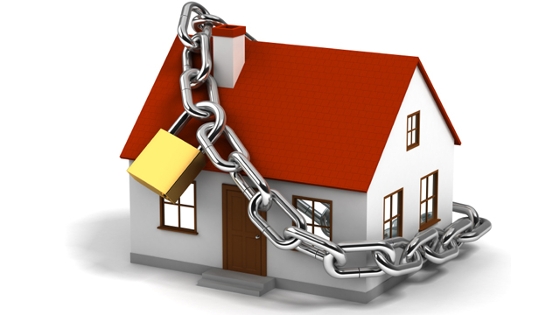
According to the Centers for Disease Control and Prevention (CDC), 90% of exposures to poisons occur inside the home. Almost all are preventable, if you follow some simple guidelines.
- Look for the poison label on products you buy. Visually, it’s a skull and cross bones, often (but not always) with the word POISON above it.
- Don’t make assumptions. Sometimes a seemingly innocuous product, like a shampoo, can contain poison or other ingredients which are harmful if swallowed.
- Avoid mixing different cleaning products together. When chemicals are combined, they change. Combining some cleaning products can even create toxic fumes.
- Keep all medication, even the non-prescription kind, out of reach of children. Never leave medicine on the bathroom counter.
- Never use pesticides inside the home unless the product is clearly labeled for indoor use. Then, use only as directed.
- Never use a charcoal grill or barbeque indoors, no matter how well ventilated you think you’ve made it. Doing so can easily cause carbon monoxide poisoning.
One final tip. Pay attention to the expiry date of products, especially cosmetics and cleaning liquids. As chemicals age, they change and can emit harmful fumes.





